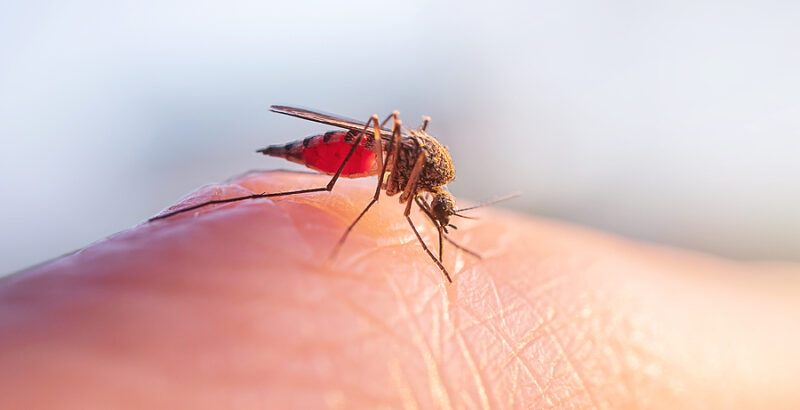Stinging insects can cause problems on commercial property for employees and customers alike. From disrupting outdoor dining tables to making rental properties unlivable for tenants, flying insects that sting should always be dealt with quickly. Here are several common types to watch for, and why they need to be removed.
Yellowjackets
Yellowjackets are one of the most frustrating types of stinging insects for businesses, because they tend to have larger nests and can become aggressive in defending them.
While the bold yellow and black stripes of the yellowjackets makes them look like many other types of wasps, they are more likely to build their nests underground or in the walls of buildings. If you notice a sudden increase in wasp or hornet-like insects flying around your premises, it’s time to arrange an inspection immediately. You may also want to take measures to keep customers away from an area where there may be a nest present.
Paper Wasps
If you notice a large wasp like insect and it’s soon joined by more of its kind, you may have found a paper wasp. These wasps are larger than yellowjackets and can show up in large numbers. They tend to build their nests in trees, eaves, porches, and other areas that your business may have in abundance…and unfortunately close to customers.
While some paper wasps look very similar to yellowjackets, they can come in a variety of colors. If you see a brown flying insect that stings, it may be the red paper wasp, for example (not the most accurate name for casual identification).
When you aren’t sure, it’s always best to call in an expert like Sprague Pest Solutions: Our technicians have the experience to properly identify wasps and find out if there is a nest nearby.
Bald-Faced Hornets
These insects are closely related to yellowjackets, but they are larger and prefer trees, tree trunks, and overhangs. If you see a big black flying bug with a stinger, especially accompanied by swarming, you may have found a bald-faced hornet nest. Very similar to yellowjackets, it’s important to deal with any potential problems quickly. Both customers and employees should keep their distance, especially if you suspect that there’s a nest nearby.
Mosquitoes
Out of all the small flying bugs that sting, few can be as frustrating as mosquitoes, which always seem to come back over and over no matter what measures you take. This is particularly troublesome for restaurants or any businesses with an open-air lounge or waiting area where mosquitoes may be drawn to.
If mosquitoes are a recurring problem, contact an experienced pest control company to investigate serious solutions. We can help recommend the right kind of traps to make sure mosquitoes don’t bother a specific area and offer advice on how to maintenance water features or avoid standing water so that the mosquitoes are discouraged from returning in such numbers.
Pale Assassin Bug
With a name like the assassin bug, you can probably guess that these insects can be trouble, although they are not nearly as likely to fly as wasps and yellowjackets. If you notice a stinging bug that looks like a small beetle, there’s a good chance it’s a young assassin bug. These bugs will grow bigger and darker as they age and are particularly common in the southwest parts of the United States.
These bugs can be present almost anywhere on their hunt for prey, and they don’t care for humans that get in their way. While assassin bugs don’t technically sting, they can bite and have been occasionally known to spread diseases, including Chagas Disease.
When left to their own devices assassin bugs aren’t much harm, and can even help gardens and plants by removing more troublesome insects. However, if they are starting to bite nearby humans, it’s time to act and call an exterminator.
Fire Ants
Most ants are problematic for businesses because they are annoying and may potentially cause property damage if left alone. Fire ants are one of the exceptions that can be outright painful to customers and employees thanks to their stings. Imported fire ants are slowly moving west across the United States. If you encounter fire ants that are starting to cause problems – or any sign of an ant nest indoors – it’s a good idea to contact a professional.
Precautions and Next Moves
If you have identified small stinging insects at your business, the next step is finding out how widespread the problem is. If you believe there could be a nest nearby, barricade the area and call Sprague Pest Solutions to arrange an inspection and remind employees and customers to stay away from the area.

